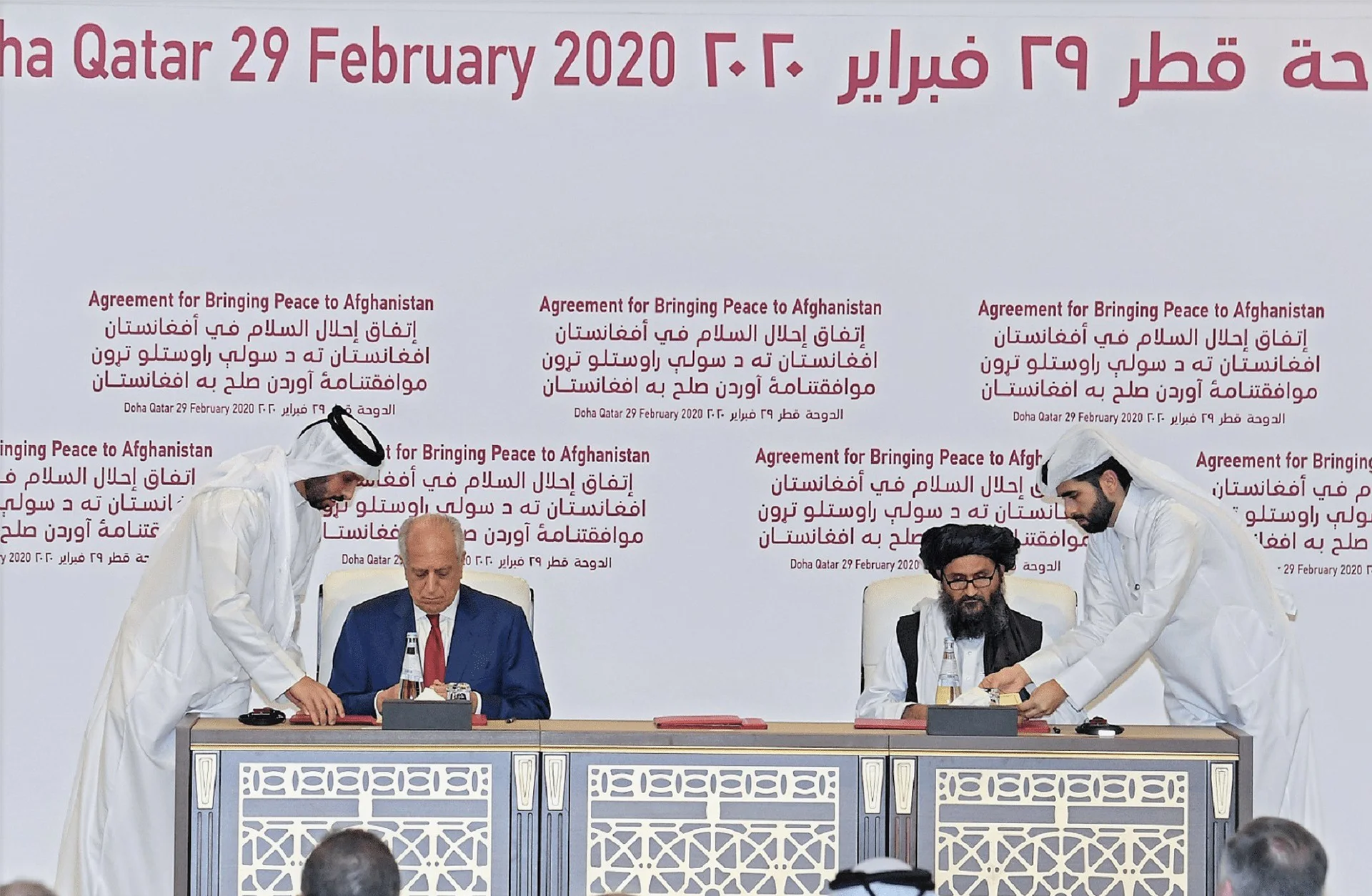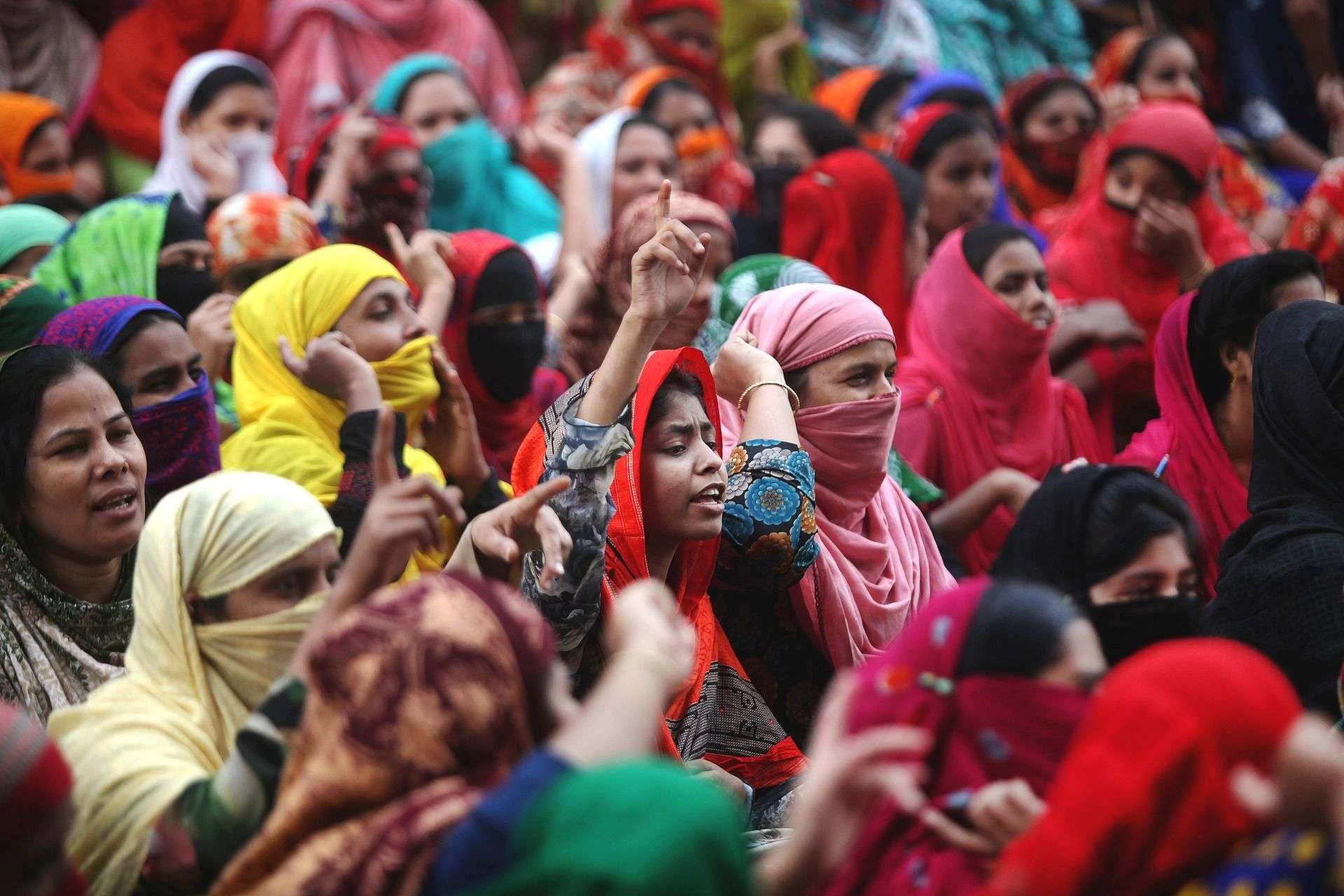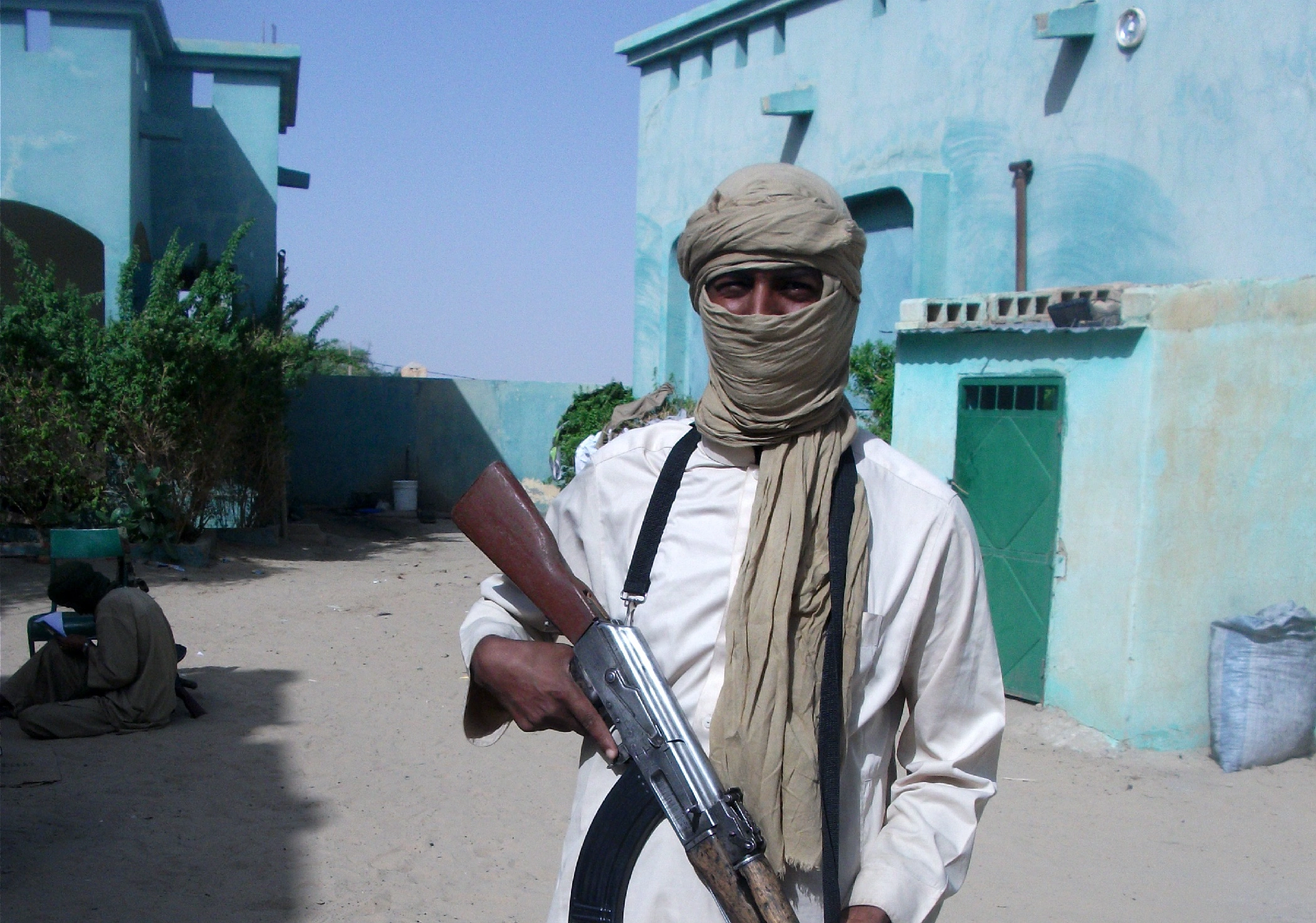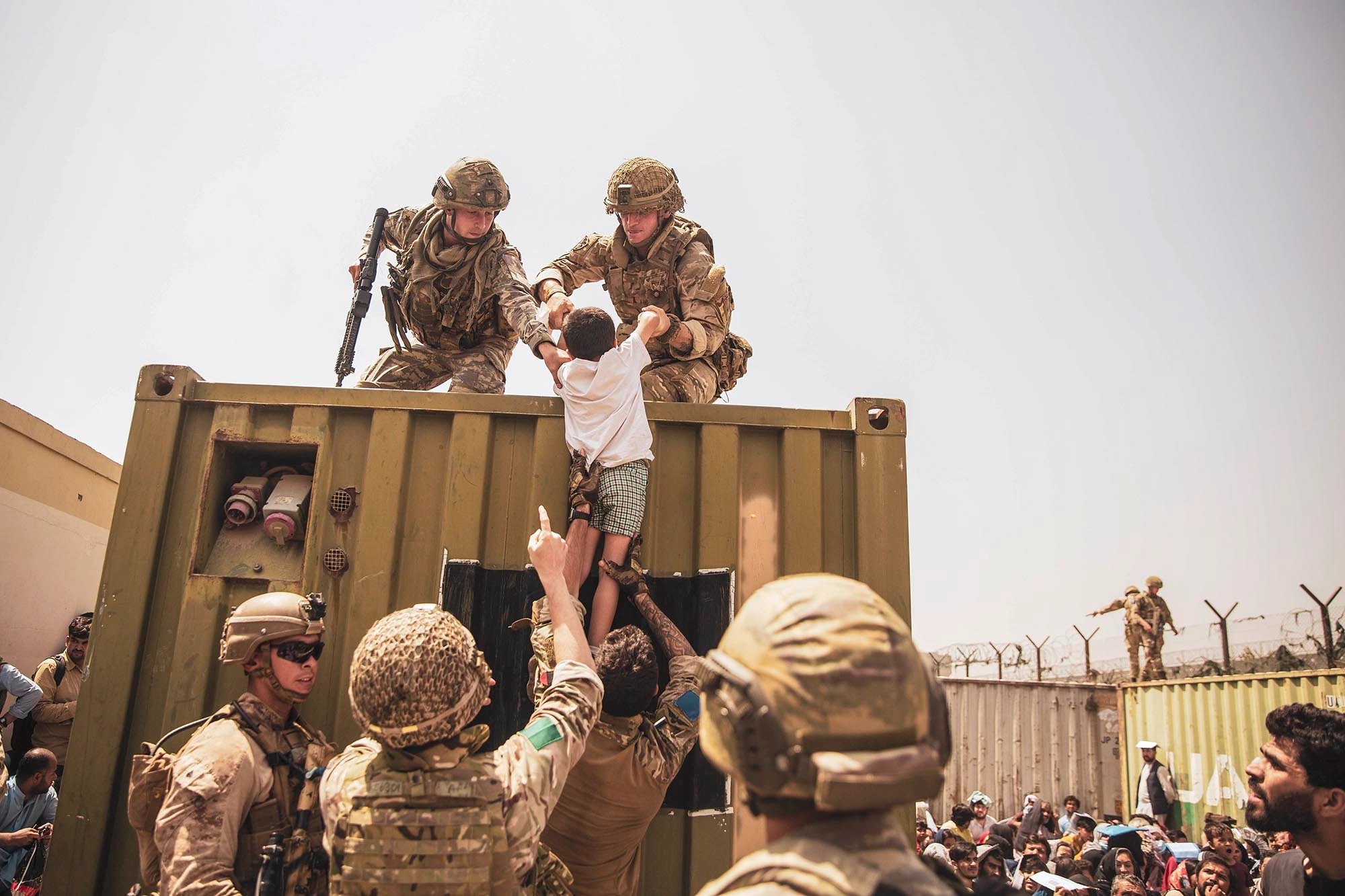Three days after Indian and Chinese military commanders met on Saturday at Chushul, in Ladakh, to debate the crisis caused by the occupation by thousands of Chinese soldiers of territory traditionally patrolled by both armies, top army sources in India sought to portray a rapidly improving situation.
Claiming that each side – the People\’s Liberation Army (PLA) and therefore the Indian Army – have \”retreated a bit\” after the Saturday meeting, the military sources revealed that another Sino-Indian meeting would be persisted Wednesday at a more junior level.
However, sources on the bottom paint a far bleaker picture of Chinese intransigence along the road of Actual Control (LAC). they assert that in the talks, the PLA commanders rejected the Indian demand for Chinese troops to withdraw from areas they occupied in May and restore the established order that prevailed in April.
In fact, during the military-to-military dialogue on Saturday, China refused to even discuss its intrusions into the Galwan River valley, instead claiming ownership over the whole area.
Underlining these sharp divergences between the Indian and Chinese positions, no joint statement was released after general officer Harinder Singh, the Leh corps commander, met PLA Major General Liu Lin, who heads the South Xinjiang Military Region during a bid to defuse the confrontation.
Nor did New Delhi release any details about the military discussions. Only on Tuesday, after being sharply criticized by opposition members, including Rahul Gandhi of the Congress Party, did \”top army sources\” present the media with the military\’s version of events.
According to their version, the Indian and Chinese corps commanders met one-on-one for nearly three hours before engaging further during delegate-level talks. the 2 sides \”mutually agreed and identified five locations of conflicts\” between PLA and Indian troops. These include Patrolling Point 14 (PP14), PP15, PP17, the north bank of Pangong Tso Lake, and Chushul.
The fact that these conflict locations make no mention of the Galwan River valley lends credence to the argument that the world didn\’t feature on the discussion agenda.
During the talks, the PLA indicated they were taking control of the Galwan River valley, which has traditionally been a peaceful sector where China adhered to a claim line. Now PLA negotiators have asserted ownership of the whole Galwan Valley, claiming that China had controlled the hilltops astride the Galwan River for \”as long as they might remember.\”
The PLA alleged that the one-kilometer-long track that India had built from the Shyok-Galwan river junction, heading eastwards along the Galwan River, was an encroachment on Chinese territory. They alleged that India was developing this track into a metal (black-topped) road.
The Indian army representatives countered that the Chinese had constructed a metal road right to where the LAC had existed up till May – that\’s five kilometers from where the Galwan flows into the Shyok river – which the road would soon cross the LAC. The Chinese responded that the Galwan Valley was their area and it had been legitimate for them to create a road in it.
Indian negotiators also objected strongly to PLA troops deploying within the close vicinity of India\’s Gogra post. Sources say the PLA didn\’t offer a cogent response.
Nor was there a cogent PLA response to Indian allegations that the Chinese were constructing a road on India\’s side of the LAC between Hot Springs and Gogra.
Responding to Indian charges of Chinese intrusions into the Pangong Tso north bank, the PLA negotiators claimed that they had \”acted rightfully\” in constructing a metalled road up to Finger 4, and preparing defensive positions therein disputed area.
The Chinese military officials accepted that the aggression with which PLA soldiers attacked Indian troops at the Pangong Tso in mid-May \”was not within the right spirit,\” but said it had been a reaction to Indian patrols crossing the PLA\’s version of the LAC.
Army sources apprehend the PLA has gained strategically within the Galwan Valley, where they now occupy positions overlooking the strategic Darbuk-Shyok-Daulet Beg Oldi (DSDBO) road to Depsang, at the bottom of the Karakoram Pass.
The Chinese have also gained strategically by isolating the Depsang area, as a consequence of dominating the DSDBO road. There\’s currently an outsized Chinese armor build-up opposite Depsang, which is raising apprehensions of surprise ingress therein sector by the PLA.
Chinese gains within the Pangong Tso area, however, are being seen as tactical, albeit the amount of violence the PLA displayed there\’s worrisome.
The other PLA activities at Naku La (Sikkim) and Harsil and Lipu Lekh (Uttarakhand) are being viewed as \”red herrings\”, aimed toward tying down Indian troops instead of serving any larger strategic objectives.





